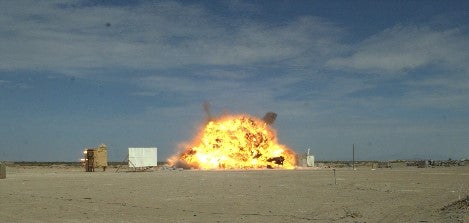
A team of weapon experts in the US Air Force (USAF) have used digital tools to reduce delays in the fielding of the next-generation area attack weapons (NGAAW).
The new plan was developed by the Munitions Sustainment Division, Hill Air Force Base (AFB) to expedite the test results, as well as the performance, surveillance and qualification of ageing and next-generation weapon systems.
This plan was tested for the BLU-134 NGAAW production effort.
The BLU-134 production is directly related to insensitive munitions (IM) energetic material’s availability, which limited its rate of production and could have delayed the deliveries until 2025.
To deliver the weapon sooner, the available option was to qualify BLU-134 with another but abundant energetic fill called Tritonal. It also uses a different production process than IM energetics.
The team pursued the plan at the Arena test site, Eglin AFB.
How well do you really know your competitors?
Access the most comprehensive Company Profiles on the market, powered by GlobalData. Save hours of research. Gain competitive edge.

Thank you!
Your download email will arrive shortly
Not ready to buy yet? Download a free sample
We are confident about the unique quality of our Company Profiles. However, we want you to make the most beneficial decision for your business, so we offer a free sample that you can download by submitting the below form
By GlobalDataHowever, the programme was out-prioritised by other weapon systems at the site, resulting in a 15-month delay.
Later, the Hill AFB team decided to build a new Arena test site at its Utah Test and Training Range (UTTR) and equipped the facility with new optical and digital capabilities.
They were supported by Sandia National Labs, Explosive Ordinance Test Lab (EOTL) and other key stakeholders.
Subsequently, the team carried out two tests- first with an IM-filled BLU-134 NGAAW followed by a Tritonal-filled warhead test. The tests helped in determining the effectiveness of the Tritonal energetics fill in the BLU-134 to address supply chain and manufacturing limitations.
BLU-134 NGAAW programme manager Joshua Joslyn said: “Everything worked as planned, and we were able to recover 12 months of the 15-month schedule delay. Here is a perfect example of collective teamwork at its best across multiple organisations.”
Last month, the bomb team executed a series of six tests for BLU-134’s qualification. The programme is currently in post-test activities, including data collection and analysis.







